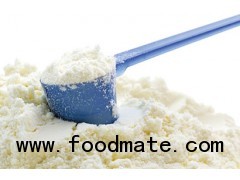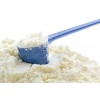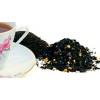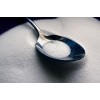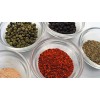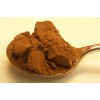During milk powder manufacture, this water is removed by boiling the milk under reduced pressure at low temperature in a process known as evaporation. The resulting concentrated milk is then sprayed in a fine mist into hot air to remove further moisture and so give a powder. Approximately 13 kg of whole milk powder (WMP) or 9 kg of skimmed milk powder (SMP) can be made from 100 L of whole milk.
Milk powders may vary in their gross composition (milkfat, protein, lactose), the heat treatment they receive during manufacture, powder particle size and packaging. Special "high heat" or "heat-stable" milk powders are required for the manufacture of certain products such as recombined evaporated milk. Milk powders of various types are used in a wide range of products such as baked goods, snacks and soups, chocolates and confectionery (e.g. milk chocolate), ice cream, infant formulae, nutritional products for invalids, athletes, hospital use etc., recombined milks and other liquid beverages.
Marco Polo in the 13th century reported that soldiers of Kublai Khan carried sun-dried milk on their expeditions. In more recent times, milk has been dried in thin films on heated rollers. The earliest patents for this process date from the turn of the century. Such roller drying was the main means of producing milk powders until the 1960s when spray drying took over. Milk powder manufacture is now very big business.


